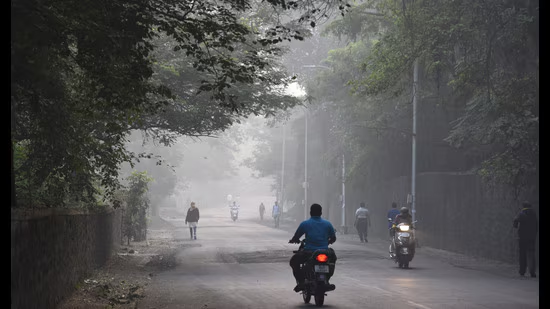Pune, a city known for its moderate climate and pleasant weather, has been experiencing notable shifts in temperature and weather patterns over recent years. This detailed review examines the rising temperatures and changes in weather conditions in Pune and its nearby areas, highlighting trends, impacts, and implications for the region.
Recent Temperature Trends
Increasing Average Temperatures:
- Annual Temperature Rise: Data indicates a significant rise in average annual temperatures in Pune. Over the past two decades, the average temperature has increased by approximately 1.5°C. This trend aligns with broader regional patterns observed across Maharashtra and other parts of India.
- Heatwaves: Pune has witnessed an increase in the frequency and intensity of heatwaves. The city has recorded several instances where temperatures have soared above 40°C, especially during the summer months. For example, in 2023, Pune experienced a peak temperature of 42.5°C, marking one of the hottest summers in recent history.
Seasonal Variability:
- Summer Temperatures: Historically known for its relatively mild summers, Pune’s summer temperatures have become increasingly extreme. Average high temperatures in May and June now consistently exceed 35°C, compared to historical averages of around 33°C.
- Winter Mildness: Winter temperatures, which once provided a respite from the heat, have also become milder. Average lows during winter months now hover around 10-12°C, whereas they used to be in the range of 8-10°C.
Changes in Weather Patterns
Monsoon Variability:
- Delayed Onset and Reduced Rainfall: The monsoon season, crucial for replenishing water resources, has shown signs of variability. Recent years have seen a delay in the onset of the monsoon, with the rains arriving later than the traditional June start. Additionally, rainfall during the monsoon season has become less predictable, with some years experiencing below-average precipitation.
- Extreme Rainfall Events: There has been an increase in the frequency of extreme rainfall events, including heavy downpours and localized flooding. In 2022, Pune witnessed a severe rainfall event in August, leading to significant flooding and infrastructural damage.
Humidity and Air Quality:
- Rising Humidity Levels: The rising temperatures have led to increased humidity levels, affecting comfort and health. Higher humidity exacerbates the perception of heat, making conditions feel more oppressive.
- Air Quality Concerns: Elevated temperatures and stagnant air conditions have contributed to worsening air quality. Pollution levels, including particulate matter (PM2.5 and PM10), have seen an uptick, impacting respiratory health and overall well-being.
Implications and Impact
Public Health:
- Heat-Related Illnesses: The rise in temperatures has led to an increase in heat-related illnesses, such as heat strokes and dehydration. Vulnerable populations, including the elderly and children, are particularly at risk.
- Infectious Diseases: Changes in weather patterns and extreme rainfall events can influence the spread of vector-borne diseases. There have been concerns about the potential rise in cases of diseases like dengue and malaria.
Agriculture and Water Resources:
- Impact on Agriculture: Rising temperatures and unpredictable monsoon patterns pose challenges for agriculture. Crop yields may be adversely affected due to heat stress and irregular rainfall, impacting food security.
- Water Scarcity: Reduced and irregular rainfall has implications for water availability. Pune, reliant on monsoon rains for replenishing reservoirs, faces challenges in maintaining water supplies during periods of drought or low rainfall.
Urban Infrastructure:
- Infrastructure Strain: Increased temperatures and extreme weather events put additional strain on urban infrastructure. Issues such as road damage, increased energy demand for cooling, and flood management become more pressing.
Conclusion
Pune and its surrounding areas have been experiencing significant changes in temperature and weather patterns over recent years. The rise in average temperatures, increased frequency of heatwaves, and variability in monsoon rainfall highlight the broader impacts of climate change. These changes have far-reaching consequences for public health, agriculture, water resources, and urban infrastructure. Addressing these challenges requires concerted efforts in climate adaptation, infrastructure planning, and sustainable practices to mitigate the effects of rising temperatures and changing weather conditions.





